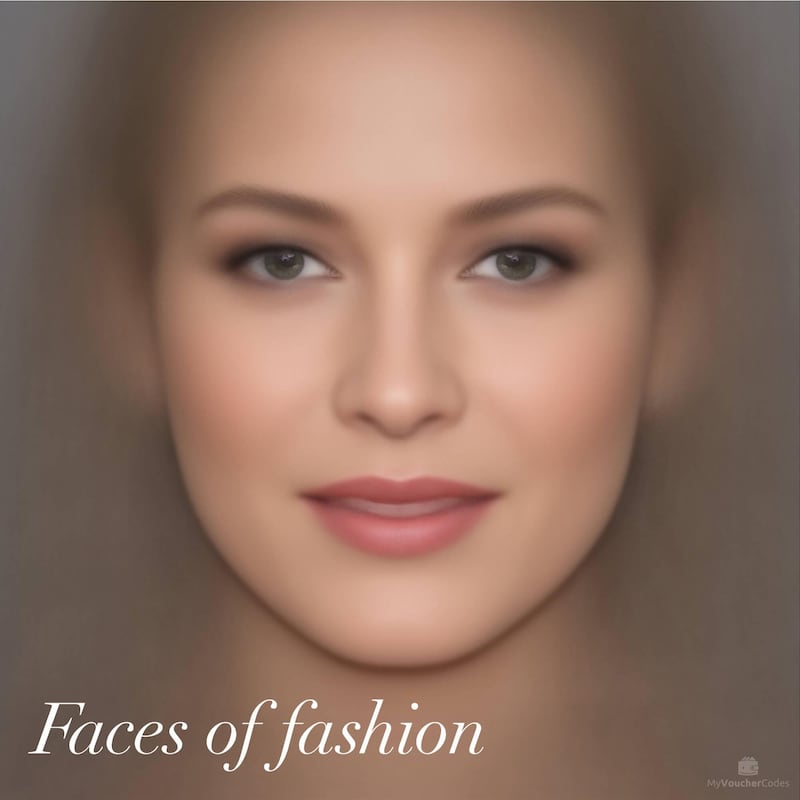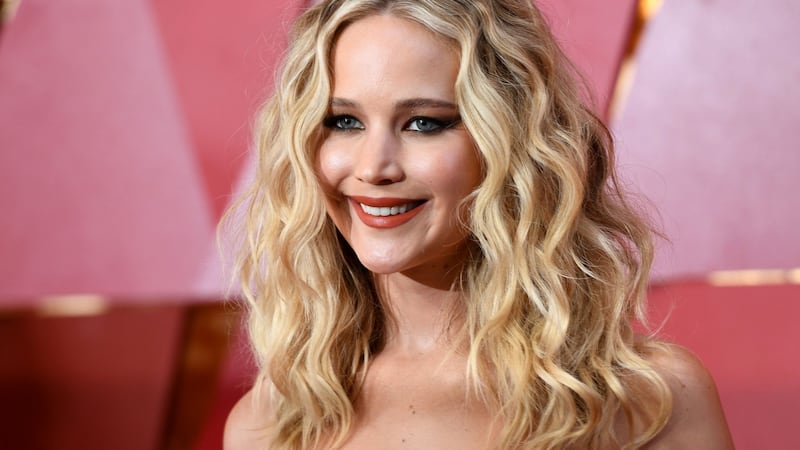What makes a beautiful woman? Art and science have debated this since art and science began. Is it symmetry? Scent? The distance between her eyes? Something more indefinable?
Given that research has shown beautiful people make more money, are less likely to be found guilty by juries, and are even preferred by their own mothers, it’s hardly surprising that we’re a bit obsessed. Even female swordtail fish prefer their males to be more symmetrical.
A new study examining Vogue cover stars over 25 years from all over the world has found that what makes a "beautiful woman" is – cue drum roll – someone who looks like a younger Catherine Zeta-Jones, with a touch of Jennifer Lawrence. White, slim nosed, soft of chin, almond-eyed, and wholly generic, in other words.
The research, carried out by content marketing company NeoMam and data specialist Giuseppe Sollazzo for myvouchercodes.co.uk, used face mapping and a mathematical technique called Delaunay Triangulation, plus the images of 25 years of Vogue stars from the US, Russia, France, Japan, Brazil, the UK and Italy, to create the composite average beautiful face – at least as judged by Vogue.

The resulting face is, as you’d expect, symmetrical, attractive and instantly forgettable. More surprisingly, there is very little variation from region to region. Whether they’re from Brazil or Japan or Italy, the cover stars are so alike they’re virtually interchangeable. France opts for slightly more defined cheekbones; Brazil prefers fuller lips, but otherwise they all look more or less the same.
With such a narrow conception of beauty, is it any wonder that magazines have a long history of making us all feel miserable, inadequate and unlovely? Just recently, Vogue has begun making genuine efforts to serve up a more diverse offering to its readers, allowing Beyonce "unprecedented control" over her September coverage, which she deployed to hire the first black photographer, Tyler Mitchell, in the magazine's 126 year history. In the UK, Rihanna was the September cover star. Last year, French Vogue featured a transgender woman, model Valentina Sampaio, on the cover. And in May, 20-year-old Halima Aden, who wears a hijab, was one of nine women on the cover of British Vogue.
Diversity
The new editor-in-chief of the magazine, Ghanaian-born Edward Enninful, wrote then: "One of the great positives of the past few months is the fashion industry finally embracing a concept that has defined my entire working life: diversity."
But even as the fashion industry is finally making efforts to embrace a broader notion of beauty, and represent the full spectrum of what it means to be a woman, a far more insidious, and difficult to escape, influence may be coming to bear on a new generation of young women. Magazine editors may be embracing more realistic beauty standards – but for many, there’s no escaping the tyranny of the Snapchat filter.

In a recent article published in JAMA Facial Plastic Surgery by researchers from Boston University School of Medicine’s Department of Dermatology, plastic surgeons describe a phenomenon they call “Snapchat dysmorphia”. This is the name they’ve coined for the trend for people bringing in heavily filtered selfies and asking for procedures to help them match their filtered or Facetuned selves.
On Snapchat, and through popular Instagram-friendly apps like Facetune, a host of filters make skin instantly appear smoother, lashes longer, bone structure more angular, teeth whiter, smiles broader, eyes wider, pores vanquished. The result is often that the subject of the photo doesn’t just look unlike themselves – they barely look human, a kind of Bratz doll version of themselves. Scroll through the Instagram accounts of many of the top Irish influencers, and it’s immediately apparent how popular these filters are. The effect, let’s just say, is unsubtle.
The trouble is that it is also literally unattainable. As soon as they return to the real world, they’re back to their unfiltered selves, and it’s not always an easy adjustment.
“This is an alarming trend because those filtered selfies often present an unattainable look and are blurring the line of reality and fantasy for these patients,” the authors say.
“The pervasiveness of these filtered images can take a toll on one’s self-esteem, make one feel inadequate for not looking a certain way in the real world, and may even act as a trigger and lead to body dysmorphic disorder (BDD) . . . Filtered selfies especially can have harmful effects on adolescents or those with BDD because these groups may more severely internalize this beauty standard.”
The reality is that it’s not magazine editors foisting impossible beauty standards on us anymore – these days, we’re doing that for ourselves. These days, the answer to what makes a beautiful woman is all in her apps.











